Banking Sector Outlook for 2019: On an Upward Trajectory
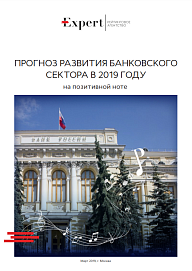
The retail loan portfolio remains a growth driver for the banking sector. Expert RA’s analysts expect new mortgage loans to fall by 10-15% in 2019 vs 2018, and the total mortgage loan book to increase by 17-18% compared with 24% a year earlier. This forecast is based on the appreciable increase of rates at the end of 2018, leading to a premature partial supply of this year’s demand. The cool-off of the mortgage sector, now accounting for 40% of total retail loans, will be moderate. A considerable increase in both the number of banks covered by the SME loan subsidization program, and the volume of subsidies to be provided in 2019 supports the profitability of small and medium-sized banks. The growth will be underpinned by an appreciable debt market cool-off due to the convergence of blue-chip bond yields and bank credit costs.
As estimated by the experts, the sector’s pretax profit will hit record high RUB 1.8-1.9 trillion in 2019, while ROE will exceed 15%. At the same time, Expert RA analysts expect a moderate (relative to 2018) increase in the net interest income associated with the higher-than-anticipated increase in the funding burden at the end of last year, which the banks will be unable, under strong competition, to shift to their borrowers. However, a higher bond yield, combined with a 10% increase in the investment in debt instruments, will allow the banks to offset their loan portfolio revenue shortfalls, leaving the net margin for the sector at the 2018 level (4.3–4.4%).
The main contributor to the banking sector’s cost of the risk is the Moscow Industrial Bank, whose capital hole is estimated by the Bank of Russia at RUB 60-100 billion. The cost of the risk also factors in the possibility that more banks will be put under the BSCF administration: by Expert RA’s estimates, at least three of Top 50 Russian banks have sizable problem assets not covered by LLRs. The experts estimate the total difference between these banks’ actual LLRs and the prescribed minima at RUB 100-150 billion. As a result, the system-wide cost of the risk will be around 1.3% this year, which is comparable with the 2016 level (1.2%) and is much lower than in 2017 and 2018 (2.6% and 2% respectively). The ratio of delinquent to total loans in the system will continue to be diluted due to the strong growth of retail and SME loans, driving up asset quality reported to the regulator.
Anlytics on the topic
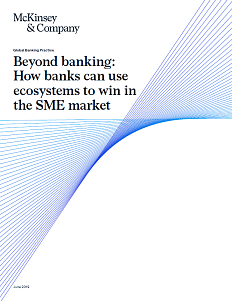
The work by the McKinsey & Company consultancy explores SME development, challenges faced by SMEs, and the process of building an effectual ecosystem which would help businesses meet the challenges and would, at the same time, be profitable for banks.
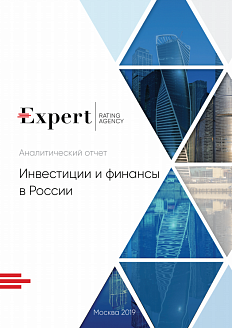
The rating agency Expert RA has published a macroeconomic overview of the current state of Russia’s economy with an outlook for 2020.
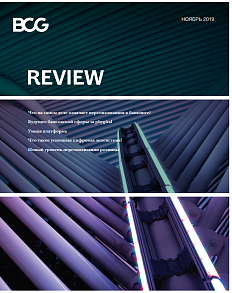
The November issue of BCG Review, a Russian-language publication of Boston Consulting Group Moscow, is focused on the formation of digital economy.
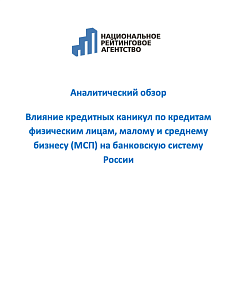
National Rating Agency experts present an analytical review of the repayment holiday impact, which is part of a set of measures to overcome the negative economic consequences of the crisis caused by the coronavirus pandemic. The review examines various aspects of the repayment holiday influence on the Russian banking system.

